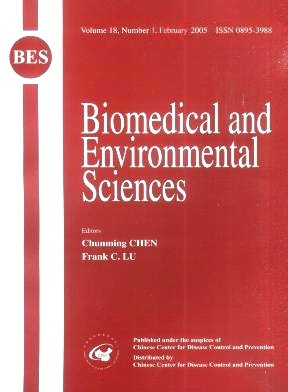Quantitative structure-activity relationships for the Toxicity of Substituted Benzenes to Cyprinus carpio
-
Key words:
- 96h-LC50 /
- Cyprinus carpio /
- Hydrophobicity /
- Orbital energy
Abstract: Objective To measure the 96h-LC50 values of 32 substituted benzenes to the carp and to study the relationship between quantitative structure-activity and structural parameters of chemicals. Methods The acute toxicity values of 32 substituted benzenes to the carp were determined in a semistatic test. The energy of the lowest unoccupied molecular orbital, and the highest occupied molecular orbital, the dipole moment and the molecular weight of substituted benzenes were calculated by the quantum chemical method MOPAC6.0. Results The range of the toxicity of studied compounds was broad, and the most toxic compound was pentachlorophenol, while the least toxic compound was 4-methylaniline. By the stepwise regression analyses, a series of Quantitative structure-activity relationships (QSAR) equations were derived from all compounds and subclasses. The equation log1/LC50=0.759logP +2.222 (R2 (adj)=0.818) was found to fit well and the average predicted percentage error was 6.16%. Conclusion The toxicity of anilines and phenols to the carp could be modeled well by logP alone, whereas the toxicity of the halogenated benzenes and nitrobenznes not containing hydroxyl or amino group can be controlled by hydrophobic and electronic factors.
| Citation: | GUANG-HUA LU, CHAO WANG, XING YUAN, PEI-ZHEN LAN. Quantitative structure-activity relationships for the Toxicity of Substituted Benzenes to Cyprinus carpio[J]. Biomedical and Environmental Sciences, 2005, 18(1): 53-57. |







 Quick Links
Quick Links
 DownLoad:
DownLoad: